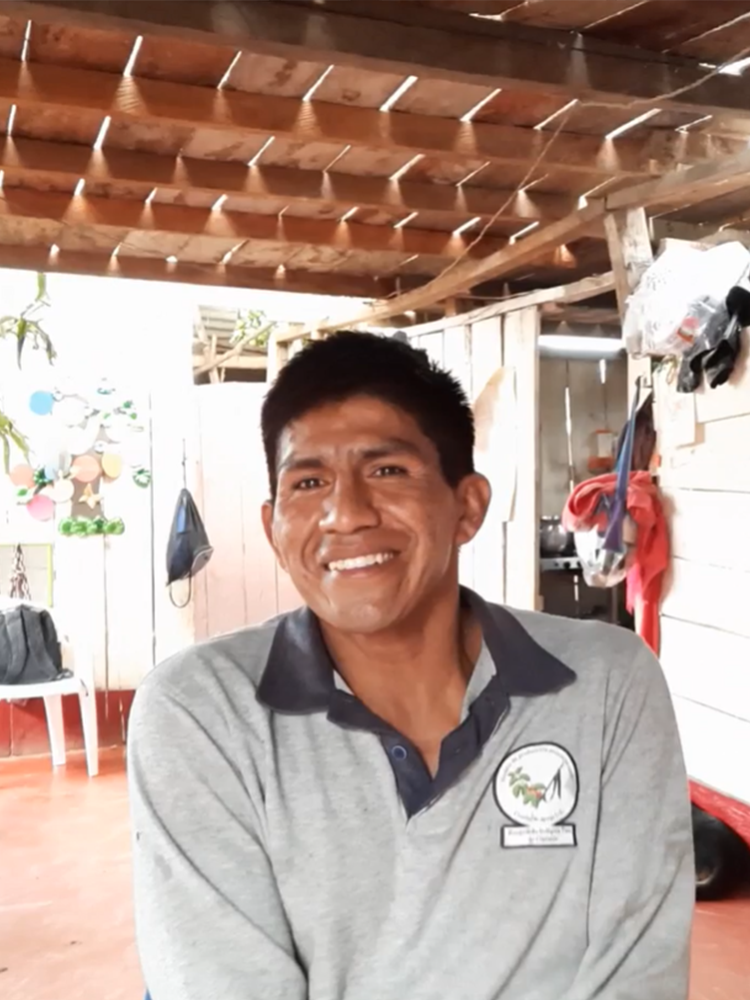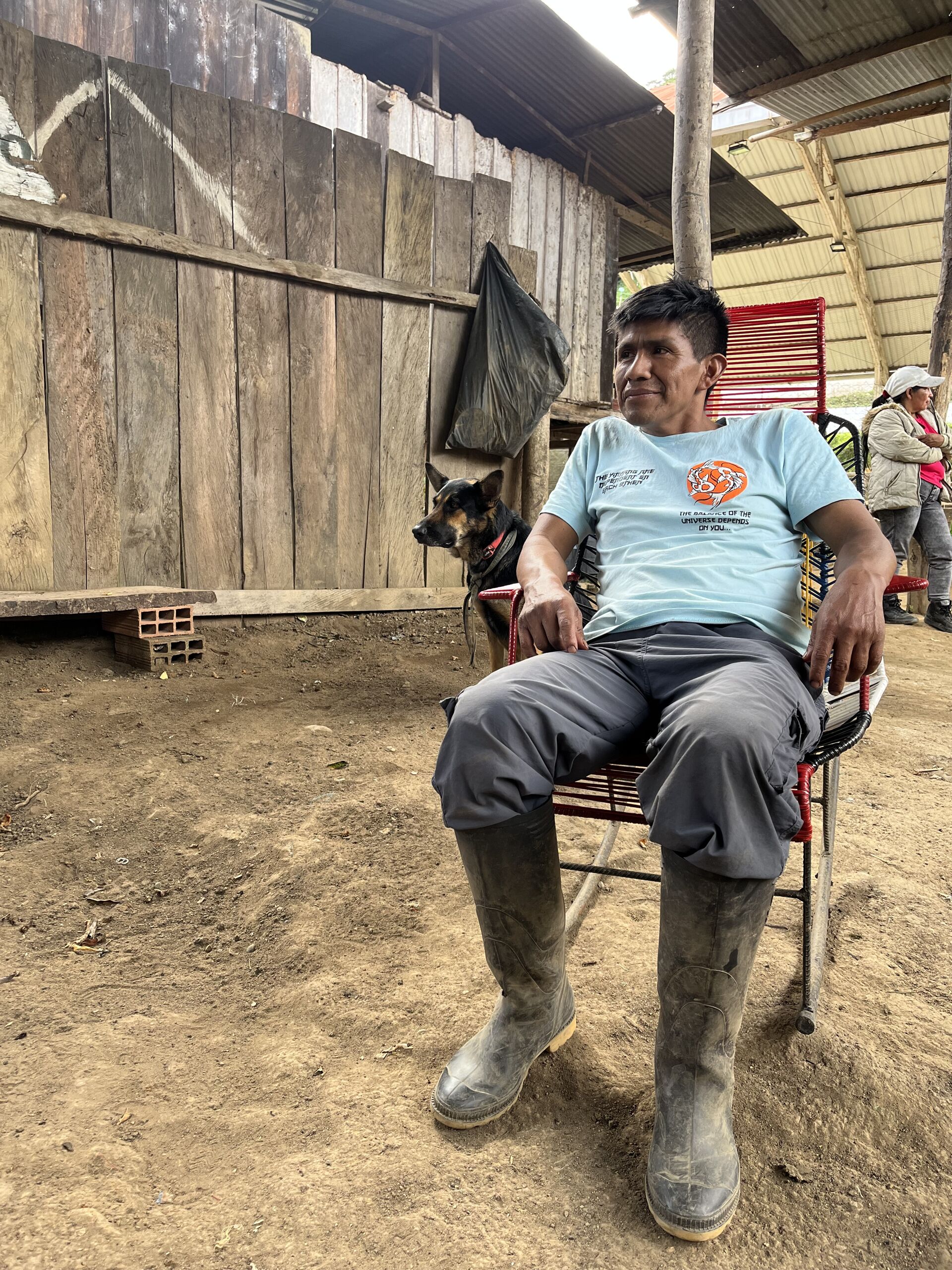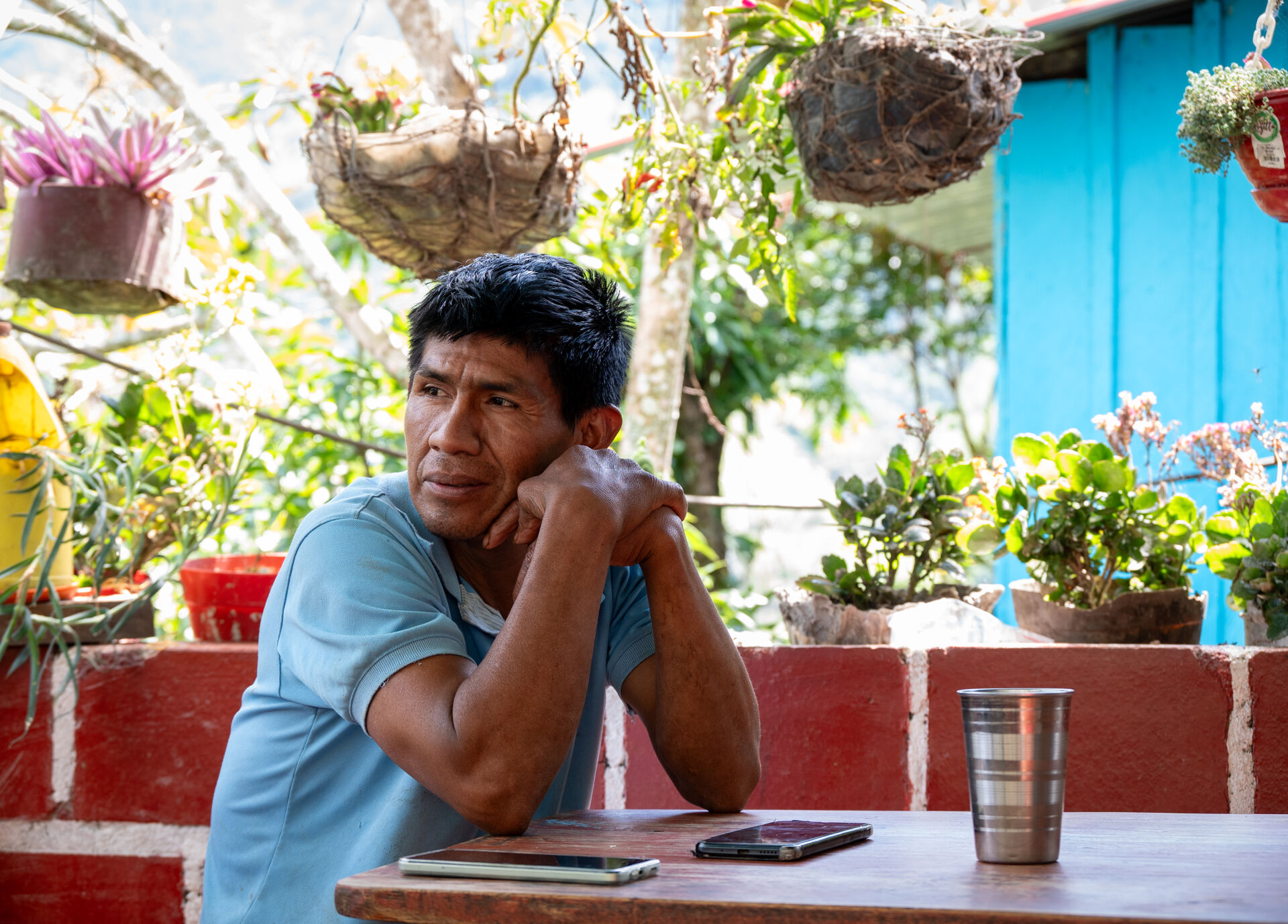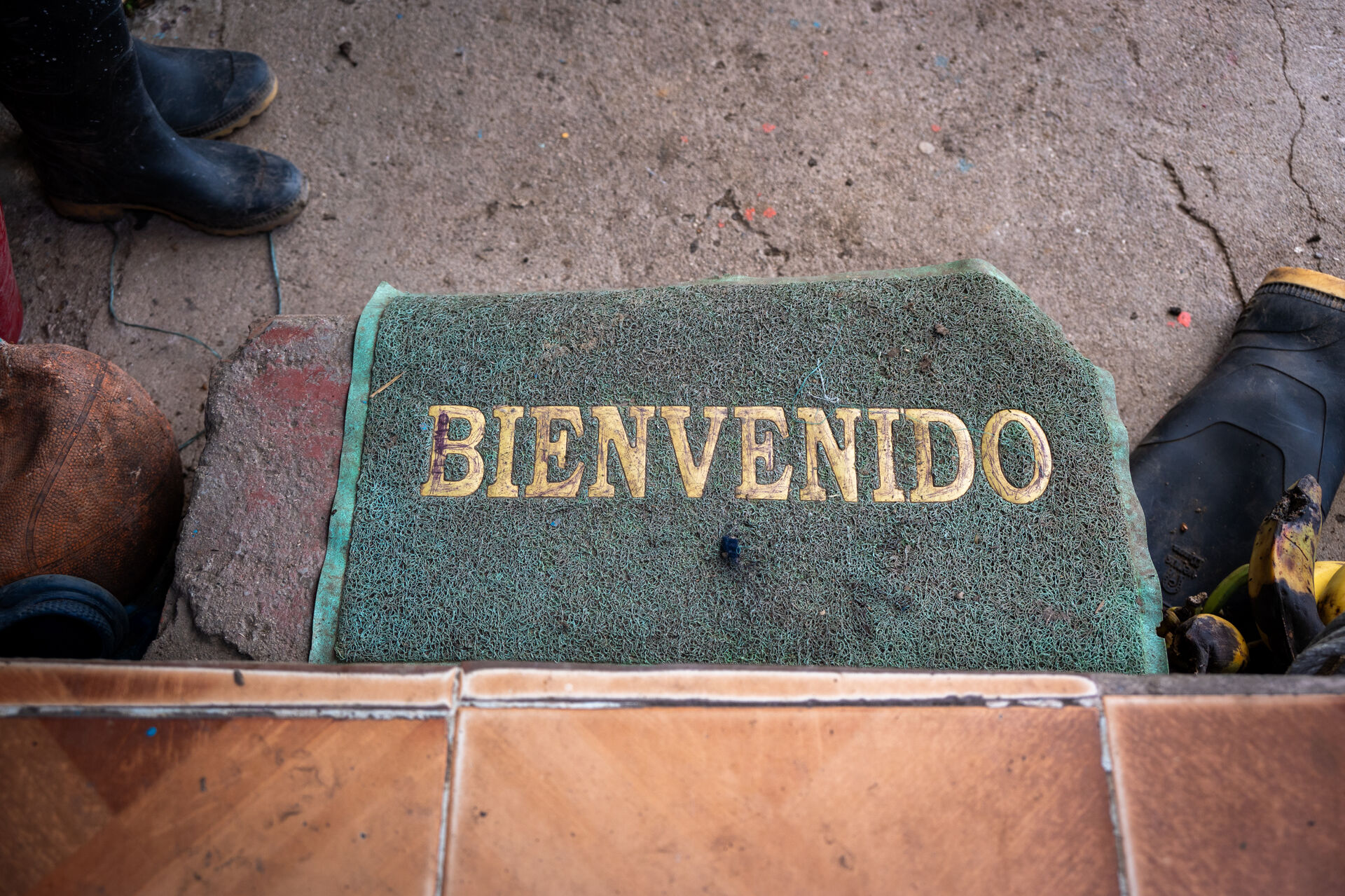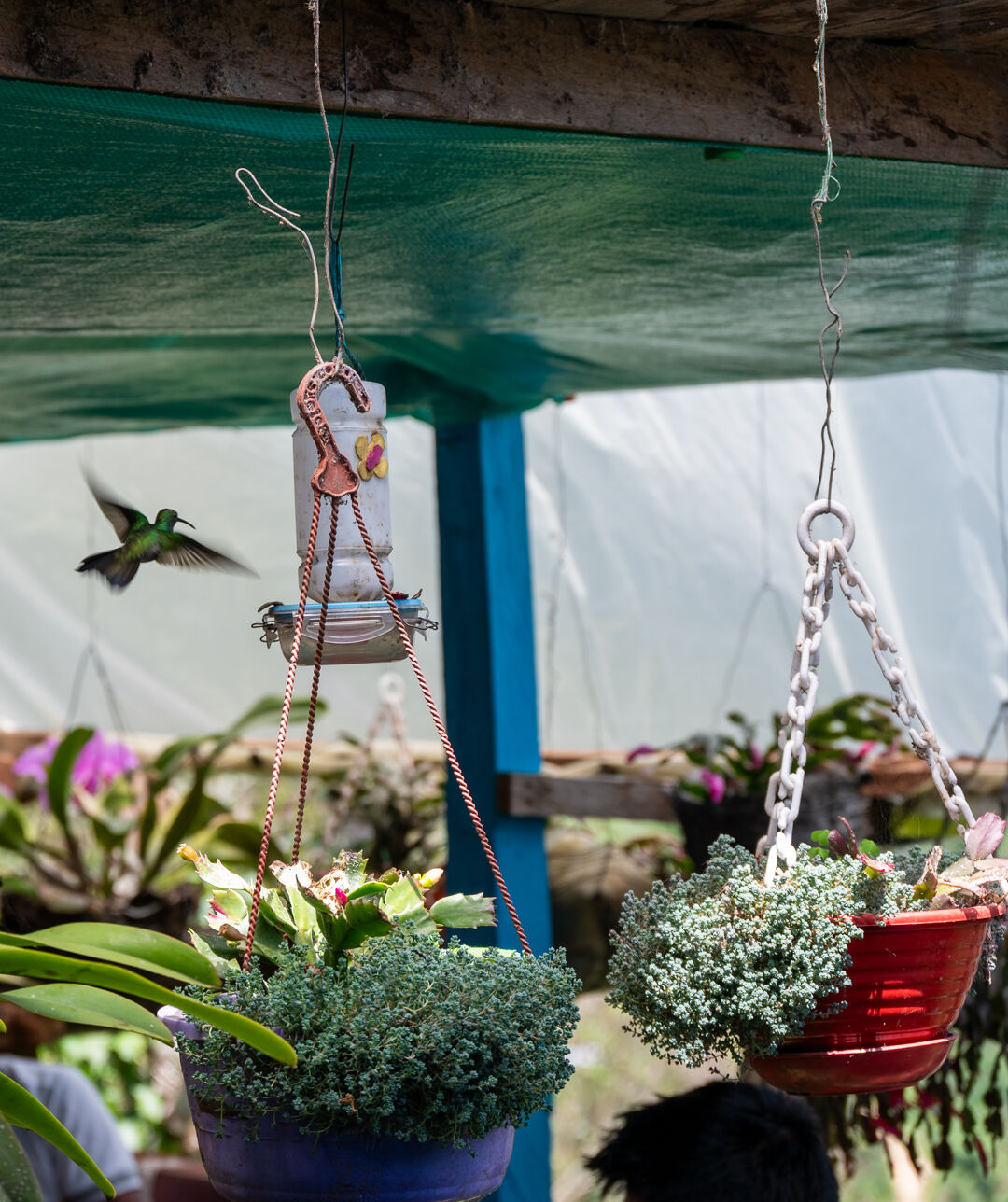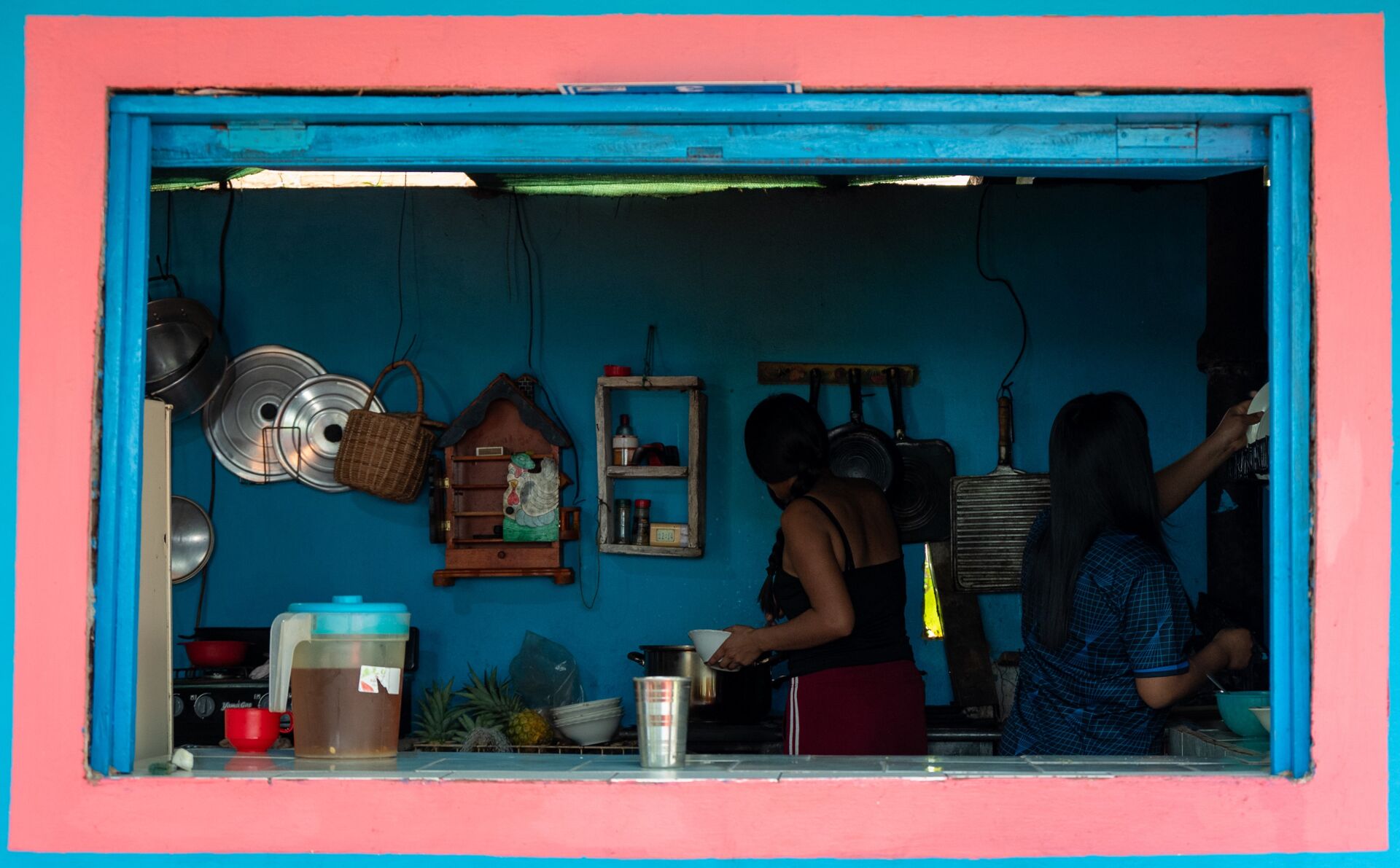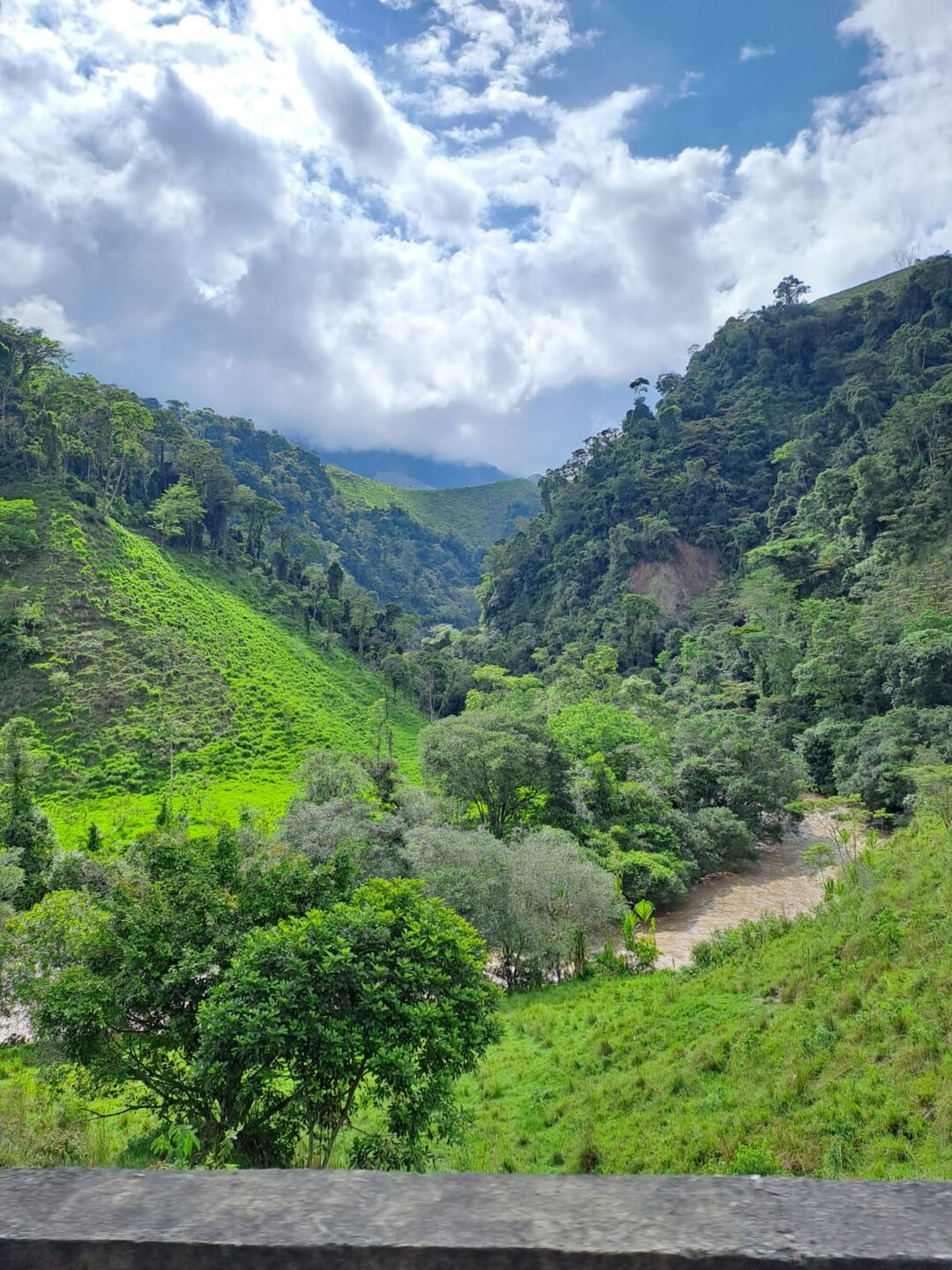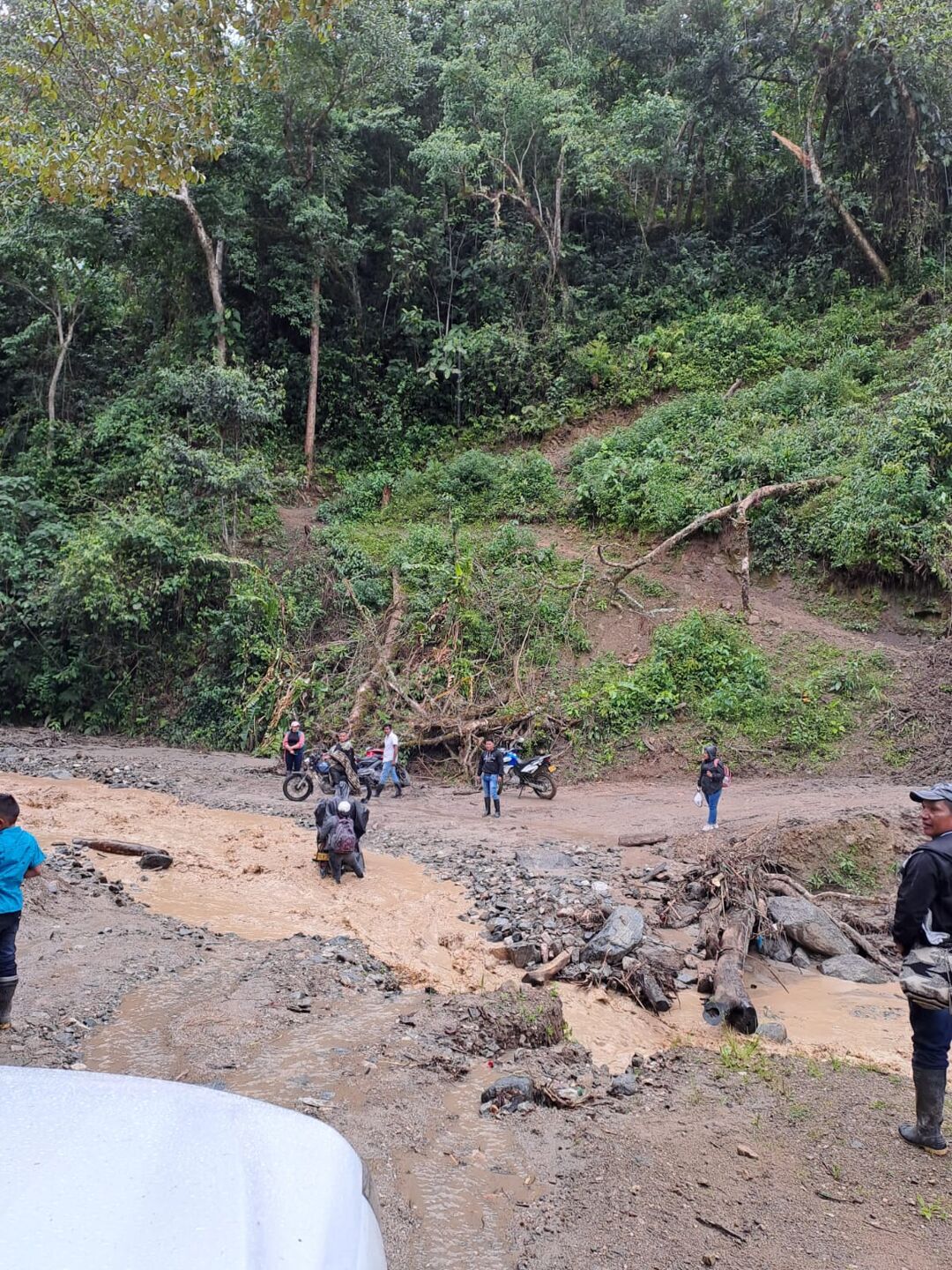Finca El Marchito covers an area of 6 hectares. Located in the village of Gaitania, in the Planadas region of Tolima, the farm is situated at an altitude of between 1650 and 2100 m. Of the 6 hectares, 4 are dedicated to coffee and another 2 are reserved for the production of beans. At El Marchito, Justiniano Paya produces microlots of the Geisha, Prink Bourbon, Caturra, Colombia and Castillo varieties, in accordance with the requirements of organic farming.
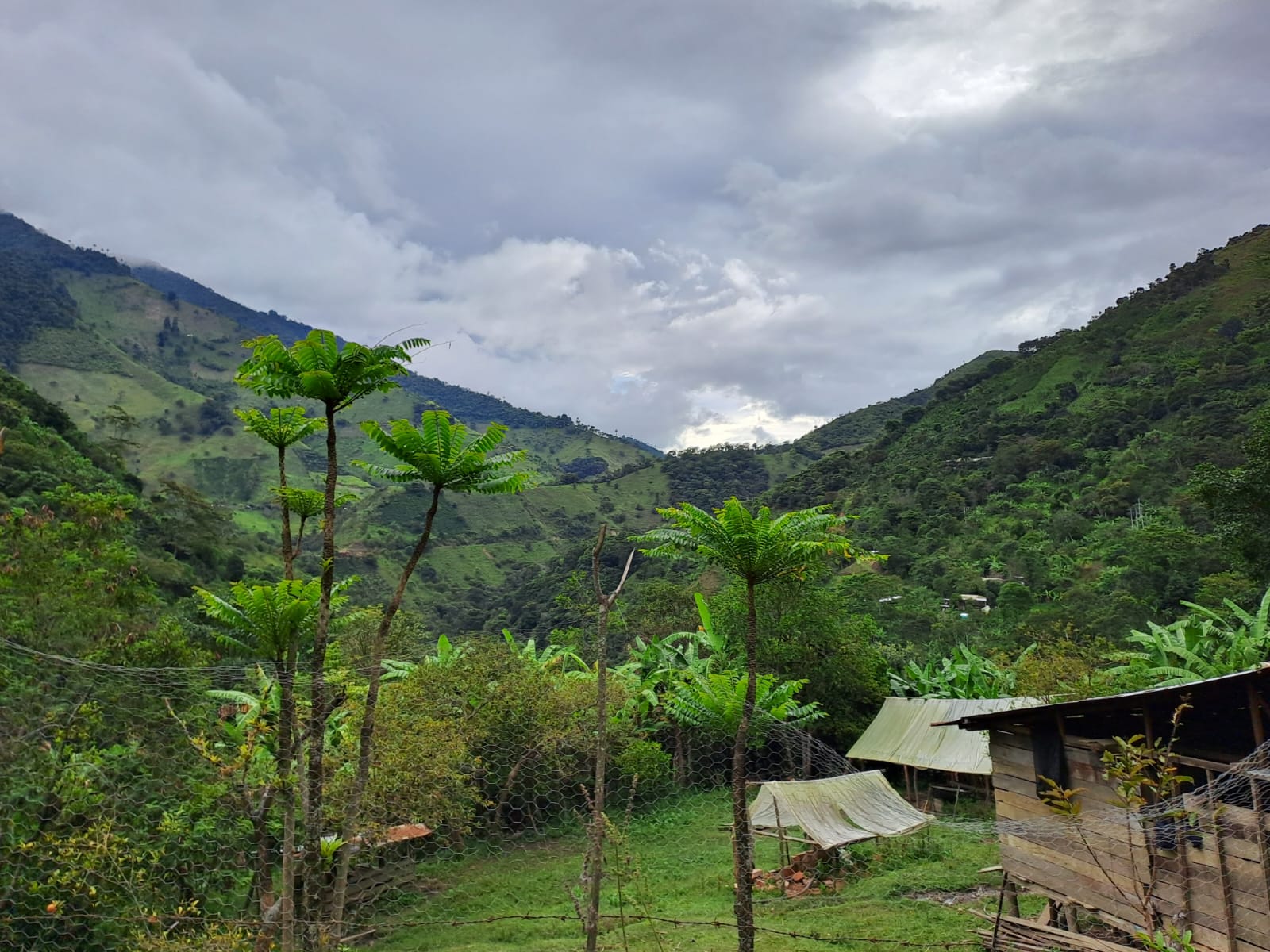
About
The farm in detail
Total number of hectares
6 Number of hectares cultivated
4 Altitude
1650 - 2100 Environment
Mountainous Agroforestry level
2 - Complex
Gaitania is located in the southern part of the Department of Tolima, with temperatures ranging from 18°C to 25°C in the urban area and altitudes from 1,400 to 5,355 meters above sea level. It is important to note that approximately 50% of the Nevado del Huila Volcano is within Gaitania’s geographical area, according to IGAC. This volcano is significant as it is the fourth highest peak in Colombia, following the Cristóbal Colón and Simón Bolívar peaks in the Sierra Nevada de Santa Marta. Additionally, it is the largest water source in the country, with approximately 13 km² of glacial ice according to NASA, which feeds major water tributaries.
Gaitania has its own history, one of their historical habitants has been the Nasa We’sx indigenous community which represents the 30% of the population of the village. They used to move between Cauca and South Tolima in the XVIII century, but the social complexity in the region made them to stop there definitively as the only option to survive as community. Later, in 1991, the Colombian State gave to the indigenous the right to live there with land and social independency, this is the origin of Nasa We’sx village as protected land of this indigenous community and caretakers of one of the biggest natural reserve in Colombia (Snowy Volcano of Huila). This land and their beliefs, of caring of the Mother Earth, make them the best allied to produce one of the most delicious coffees with organic principles in Colombia. They have associated, in several organizations of coffee producers, to promote the coffee culture, ensure the incomes of the families and strenght them as indigenous community. The Nasa We’sx indigenous will be kept in the history of Colombia thanks to be the first community to sign a Peace Agreement with the FARC held in 1996. In 2016, 20 years later, was signed the Peace Agreement between the Colombian govenment and the FARC guerilla.
Located in the heart of Colombia, the department of Tolima is one of the country's most emblematic coffee-growing regions, renowned for its premium cup profile, organic production and strong social impact. As one of the most complex areas in the country in recent years, Tolima has seen coffee become a driving force for transformation, boosting the local economy while providing a diversion from the economy linked to the armed conflict.
The topography varies from micro-region to micro-region: in the north, the hot, flat climate is ideal for growing rice and cotton, while in the centre the different altitudes offer contrasting climates. But it is in the south, in the mountainous areas bordering the main natural parks and unspoilt regions, that coffee production is concentrated, making Tolima one of the most famous origins in Colombia.
Located in the heart of the country's main coffee-growing region, Tolima benefits from the best geographical and climatic conditions, with fertile mountain soils, ideal altitudes and a temperate tropical climate, which are conducive to the development of the most prized varieties. Thanks to these advantages, the region is one of the most important production areas in the country. Hundreds of associations and cooperatives have turned coffee into a springboard for improving living conditions. As Carlos Guillermo Ospina points out: "In the south of Tolima, coffee has been a symbol, produced not only by coffee growers, but also by victims, indigenous communities and ex-combatants. Thanks to this crop, the community has come together and made an important contribution to peace-building".
